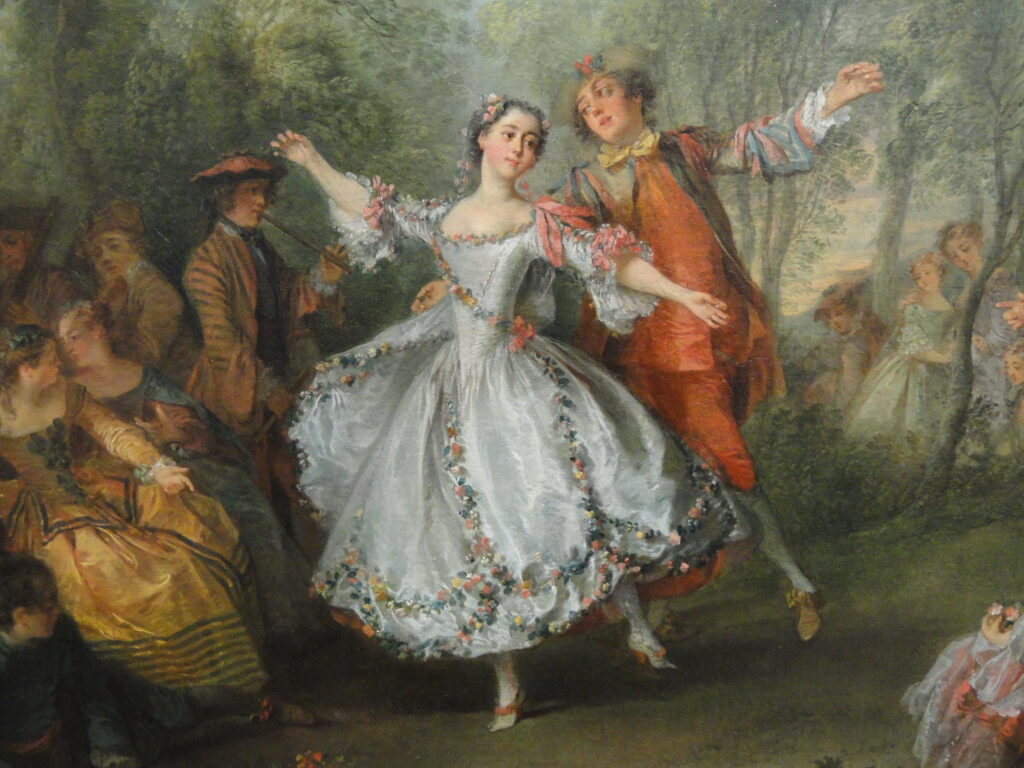Bach wrote only four orchestral suites, which is surprising given how popular the genre was during his time, as Germany started to welcome French and Italian influences after the Thirty Years War. Telemann, Graupner, Fasch and others wrote dozens, if not hundreds of suites. In spite of this apparent lack of interest, Bach used the format – a large opening movement followed by several shorter movements in the form of different dances – in compositions for solo instruments, like violin, cello, flute, lute and of course the harpsichord. Sometimes he called these compositions using the Italian term “partita” instead of the French “suite”, usually when they were written for unaccompanied instruments (like the one for flute).
The opening movement of a suite (or partita), called the Overture, is usually of a bigger scale that the dances that follow. It invariably starts with a French-style slow section in dotted, elegant rhythm. Then it goes into a “B” section in the form of a fugue, and finally it loops around to repeat the opening section, either identically or in a slightly shortened version.
The dances that follow the overture have various characters and structures, but they often present two sections which are to be repeated. Sometimes the dances can come in pairs – i.e. Minuet 1 & Minuet 2 – in which case the first member of the pair is performed (with the indicated repetitions), then the second one, also with its repetitions, and then the first one is played again, with or without repetitions.
The Suite BWV 1068 dates from 1730, and the surviving parts show an assortment of handwritings – that of Bach himself, his son Carl Philipp Emanuel, and his student Johann Ludwig Krebs. It’s a big, festive-sounding piece, scored for 3 trumpets, timpani, 2 oboes, strings and basso continuo. It’s relatively short with only 4 dances after the overture: Air, Gavotte (1 & 2), Bourée, and Gigue. The Air has become well known on its own in an arrangement made in 1871 by August Wilhelmj titled “Air for the G string”.
